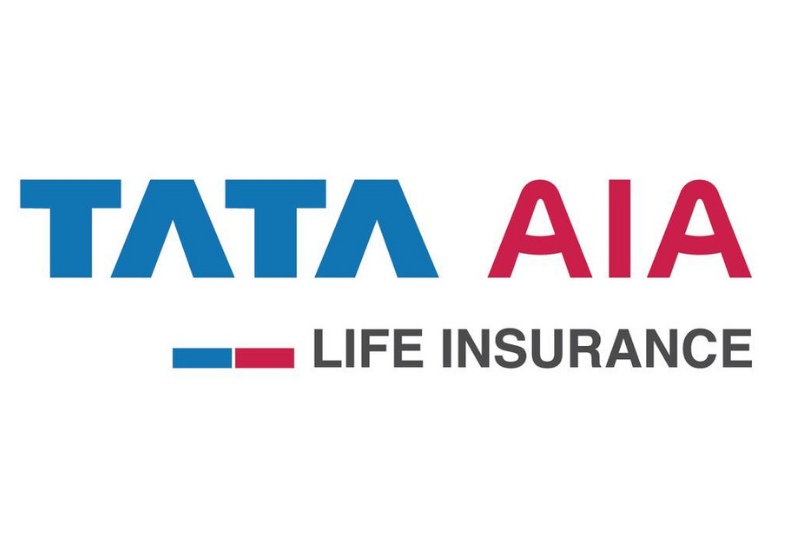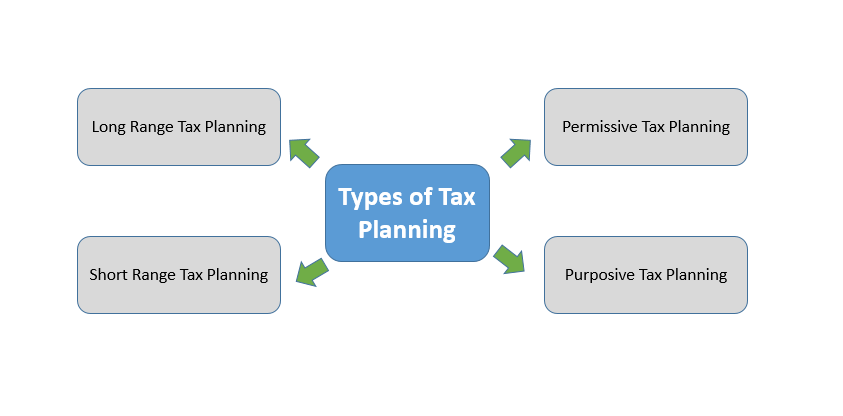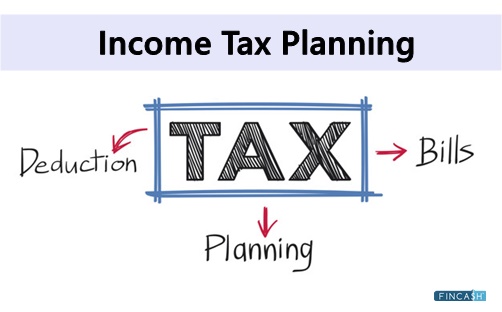What is PM Gati Shakti Plan?
The PM Gatishakti is a national master plan for multi-modal connectivity, unveiled in October 2021. It is an effort aiming at coordinating infrastructure project planning and implementation. The intention of the Indian government behind this ambitious scheme is to reduce logistical costs.

It intends to bring different ministries to plan and deliver infrastructure connectivity projects in a unified manner. Gatishakti is a national master plan for infrastructure development that will propel India into the 21st century. Prime Minister Narendra Modi unveiled a Rs. 100 lakh crore Gatishakti – a national master plan for multi-modal connectivity aimed at reducing logistic costs and boosting the Economy.
Key Highlights of Gatishakti Scheme
Here are some of the key highlights of the Gatishakti scheme to consider:
- The strategy has seven engines: railways, roads, airports, ports, mass transportation, waterways, and logistical infrastructure
- The expressway proposal, according to the finance minister, will allow for a speedier flow of people and products
- In the next three years, 400 next-generation Vande Bharat trains with higher Efficiency will be introduced
- A total of Rs. 20,000 crores will be mobilised to supplement public resources
- A master plan for expressways will be developed in 2022-23
- Over the next three years, 100 PM Gatishakti freight terminals will be constructed
- The strategy includes inclusive development, productivity increase and investment, sunrise possibilities, energy transition and climate action, and investment finance
- Implementation of innovative metro system construction methods has been started
- In 2022-23, 25,000 kilometres will be added to the national highway network
Talk to our investment specialist
Vision of Gatishakti
To understand the vision of this Gatishakti plan, read out the following pointers:
- Gatishakti would bring together ministries such as railroads and highways to coordinate the design and implementation of infrastructure connectivity projects
- PM Gatishakti intends to minimise logistical expenses, boost cargo handling capacity, and shorten turnaround time
- The scheme proposes to incorporate infrastructure programmes from a variety of Ministries and State Governments, including Bharatmala, inland waterways, UDAN, and so on
- The plan envisions increasing connectivity and making Indian firms more competitive. Economic zones including the textile sector, the fisheries sector, argo sector, pharmaceutical sector, electronic parks, defence corridors and so on would be covered by the scheme
Why is the Gatishakti Scheme Required?
Historically, there was a lack of cooperation between several departments, which not only created significant disturbance but also resulted in unnecessary expenditure.
Here is a summary of key points to help you understand why it is necessary:
- According to sources, studies put logistics costs in India at around 13-14% of GDP, compared to roughly 7-8% in western nations. With such high logistics costs, India's export competitiveness suffers considerably
- A comprehensive and integrated transportation connectivity strategy would help to encourage 'Make in India' and integrate various means of transportation
- The programme complements the National Monetisation Pipeline (NMP), which was introduced in order to create a clear framework for monetisation and provide potential investors with a ready list of assets to encourage investor interest
- This scheme is required to assist in the resolution of long-standing challenges such as disconnected planning, a lack of standards, clearance concerns, and the timely construction and usage of infrastructure capacity
- Another impetus for such a programme was a lack of overall demand in the Market in the post-Covid-19 context, which resulted in a lack of private and investment demand
- This scheme is required to bridge the large gap between macro planning and micro execution caused by a lack of coordination and advanced information exchange as departments think and work in silos
- It will boost economic activity and create jobs on a broad scale as a result of the building of high-quality infrastructure for long-term growth
Six Pillars of Gatishakti Scheme
The Gatishakti scheme is based on six pillars that form its foundation. These pillars are as follow:
Dynamic
Even if the final aim is to be attained by inter-departmental collaboration, the Gatishakti plan will ensure that comparable initiatives preserve a fundamental commonality.
For example, the Ministry of Roads and Transport has already begun acquiring 'Utility Corridors' in addition to new national roads and expressways. So, optical fibre cable, phone, and power cables can be placed while the expressways are being built.
Furthermore, digitisation will play an important role in guaranteeing timely approvals, identifying possible concerns, and project monitoring. Also assisting in identifying essential projects for improving and updating the master plan.
Analytical
The plan would consolidate all data in one place, using Geographic Information System (GIS) based spatial planning and analytical tools. It comes with over 200 layers, giving the executing agency improved insight. This will overall result in efficient working and reduce the time taken during the process.
Comprehensiveness
The Gatishakti initiative represents a significant shift in decision-making to break down departmental divisions. In the envisioned plan, numerous ministries and agencies' existing and planned efforts are consolidated onto a single platform. Every department will now see each other's operations, giving essential data while planning and executing projects comprehensively.
Synchronisation
Individual ministries and agencies frequently work in silos. There is a lack of cooperation in project planning and implementation, resulting in delays. PM Gatishakti will assist in synchronising the operations of each department and multiple tiers of governance holistically by guaranteeing work coordination between them.
Optimisation
Following the identification of essential gaps, the national master plan will aid various ministries in project planning. The program will assist in determining the most efficient route in terms of time and cost for the delivery of products from one location to another.
Prioritisation
Through cross-sectoral work, several departments will be able to prioritise their tasks. There would be no more fragmented decision making; instead, each department would collaborate to build the ideal industrial network. Priority will be given to the departments in charge of leading the project first.
Target Area for Budget 2022-23
Gatishakti has outlined targets for all infrastructure ministries, with the following goals to be met by 2024-25:
- The plan targets 11 industrial corridors, a defence production turnover of Rs. 1.7 lakh crore, 38 electronics Manufacturing clusters, and 109 pharmaceutical clusters by 2024-25
- In civil aviation, the goal is to double the current aviation footprint to 220 airports, heliports, and water aerodromes by 2025, which would need an additional 109 such facilities
- In the maritime Industry, the goal is to increase overall cargo capacity handled at ports to 1,759 MTPA by 2020, up from 1,282 MTPA
- The road transport and roads ministry's objectives are to finish 5,590 km of four or six-lane national highways in coastal areas, totalling 2 lakh kilometres of national highways. It also aims to connect every state Capital in the northeast region with either four-lane or two-lane national highways
- In the electricity sector, the overall transmission network is expected to be 4.52 lakh circuit kilometres, and renewable energy capacity will be raised to 225 GW from 87.7 GW
- The network of gas pipelines will be quadrupled to 34,500 km by creating an additional 17,000 km long trunk pipeline linking significant demand and supply centres for the industry as per the scheme
- With 11 industrial and two defence corridors, this programme would significantly boost the Micro, Small & Medium Enterprises (MSME) sector. It would not only ensure that basic facilities are widely available in the country's most distant places, but it will also significantly increase the commercial potential for inclusive growth
- Railways' goal is to Handle cargo of 1,600 million tonnes by 2024-25, up from 1,210 million tonnes in 2020, by decongesting 51% of the rail network by building additional lines and implementing two Dedicated Freight Corridors (DFCs)
The Bottom Line
The Gatishakti plan would help enhance India's global reputation, develop the domestic manufacturers, and allow passengers to move quickly from one location to another, becoming a push Factor for exports. It also opens up the possibility of new future economic zones.
The PM Gatishakti plan is a step in the right direction and must address structural and macroeconomic stability problems raised by increased government spending. As a result, this project requires a stable and predictable regulatory and institutional environment.
All efforts have been made to ensure the information provided here is accurate. However, no guarantees are made regarding correctness of data. Please verify with scheme information document before making any investment.












